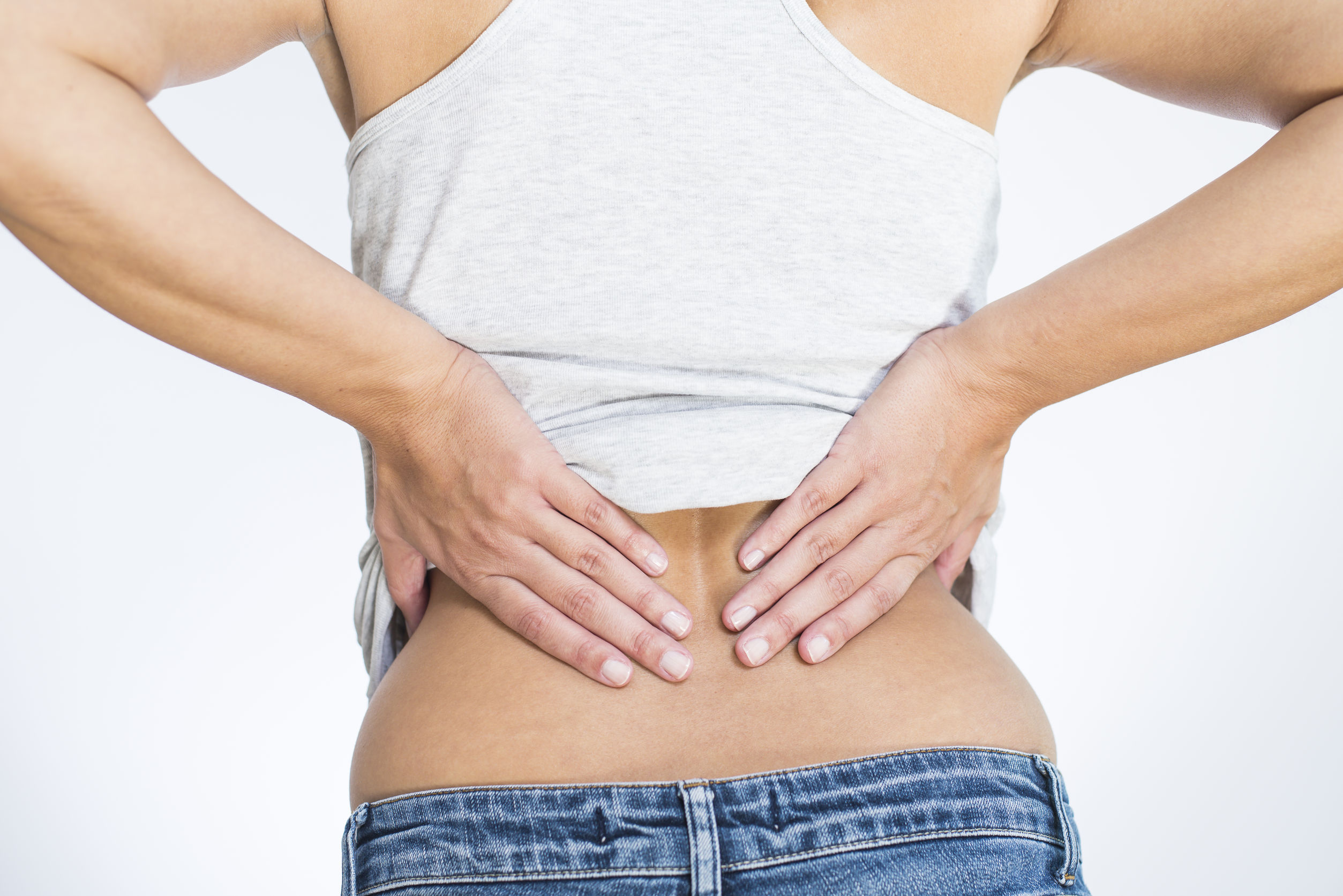
The most prevalent causes of low back pain are linked to mechanical problems and soft tissue injuries. These injuries which cause low back pain may include damage to the intervertebral discs, compression of nerve roots, and improper movement of the spinal joints.
What are the Causes of Low Back Pain?
The only major common cause of low back pain is torn or pulled muscles and/or ligaments. Low back pain is considered to be serious if it lasts more than three months and goes beyond the natural process of healing of the body. Chronic low back pain usually involves a disk problem, a joint problem, and/or an irritated nerve root. Below are some common causes of low back pain:
Deformity: Spine curvature may include scoliosis or kyphosis. The deformity can be related to low back pain if it results in the breakdown of the discs, facet joints, sacroiliac joints or stenosis.
Trauma: can also occur from acute fractures or spinal dislocation. Low back pain that occurs as an aftermath of trauma, for example, an accident from a motor vehicle or a fall, must be evaluated medically.
Compression fracture: this is a fracture that occurs in the cylindrical vertebra, in which the bone essentially caves in on itself, it can result in unexpected pain. This type of fracture is most common because of weak bones, such as osteoporosis, and it has been shown to be common in older individuals.
Other causes of low back pain are:
• Spinal stenosis.
• Spondylolisthesis.
• Osteoarthritis.
• Sacroiliac joint dysfunction.
Less Common Causes of Low Back Pain
• Infection
• Tumor
• Autoimmune disease
Symptoms of Low Back Pain
There can be a lot of symptoms which are associated with low back pain. The symptoms can vary as it can either be mild or severe and weakening. Low back pain can appear unexpectedly, or it can start slowly, it is often not stable as it can come and later disappear and gradually develop beyond control as time goes on.
The symptoms can be felt in different ways and this has to do with the major symptoms. For example Muscle spasm and tightness in the low back, pelvis, and hips, pain that worsens after long-term sitting or standing and finding it difficult to stand up straight, walking or moving from standing to sitting.
Also, the symptoms of low back pain are usually described by the type of onset and duration:
1. Acute pain. This type of pain occurs suddenly and lasts for several days or weeks and is considered a normal body response to injury or tissue damage. The pain gradually disappears as the body heals.
2. Subacute low back pain. This type of pain lasts from 6 weeks to 3 months and is usually mechanical in nature (for example muscle strain or joint pain) but is prolonged.
3. Chronic back pain. This type of low back pain can last more than 3 months; this type of pain is usually severe, does not respond to initial treatments and requires in-depth medical control to determine the exact source of pain.
Low Back Pain Treatment
Treatment for Low Back Pain requires restoring the circulation and blood flow to the affected structures in your lower back. Pain is caused when swelling, inflammation and decreased circulation generate a blockage, which causes blood flow to be interrupted or slowed. Treatment for this issue requires breaking up the accumulated fluids in your lower back to allow for improved healing and quicker recovery.
Products recommended for symptoms of swelling, redness, pain, and inflammation, and if coolness makes your pain feel better:
Ice Substitute Poultice
Bruise Relief Liniment
Muscle Therapy Massage Oil
Products recommended when swelling and inflammation are gone, but you still feel pain, stiffness, weakness, and/or sensitivity in cold and damp weather, and if heat makes your pain feel better:
Pain Relief Liniment
Muscle Therapy Massage Oil





